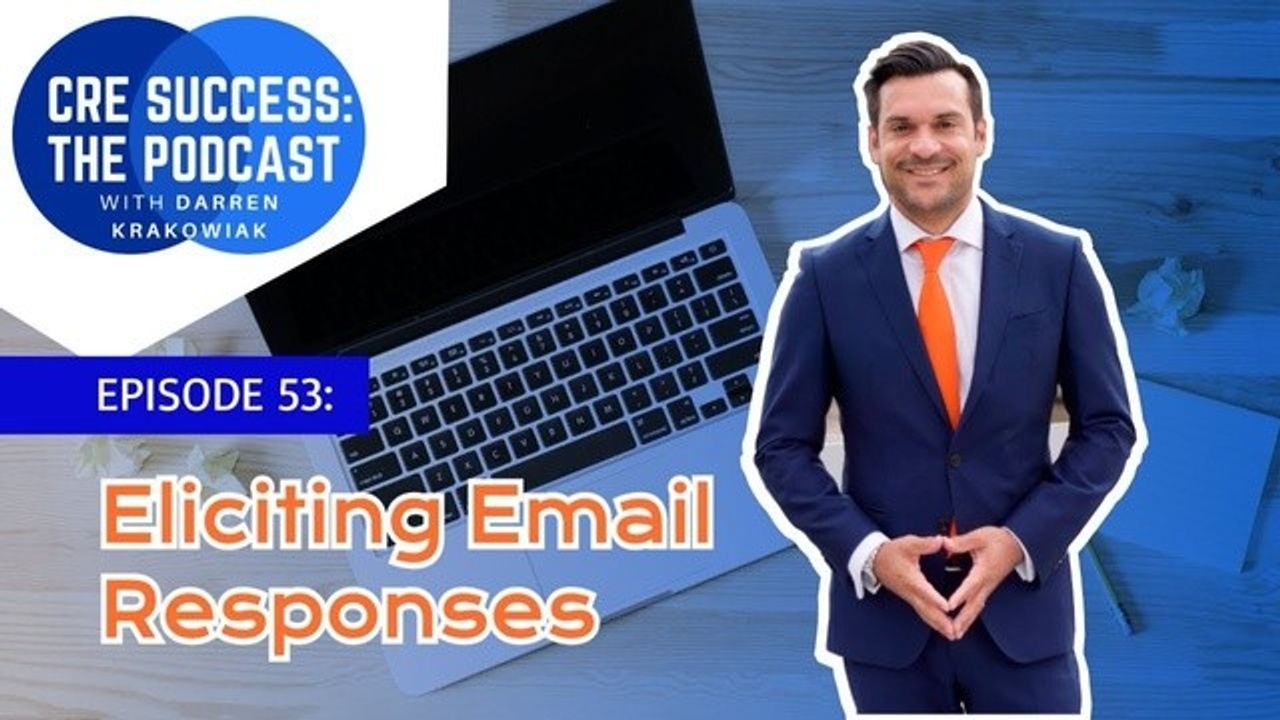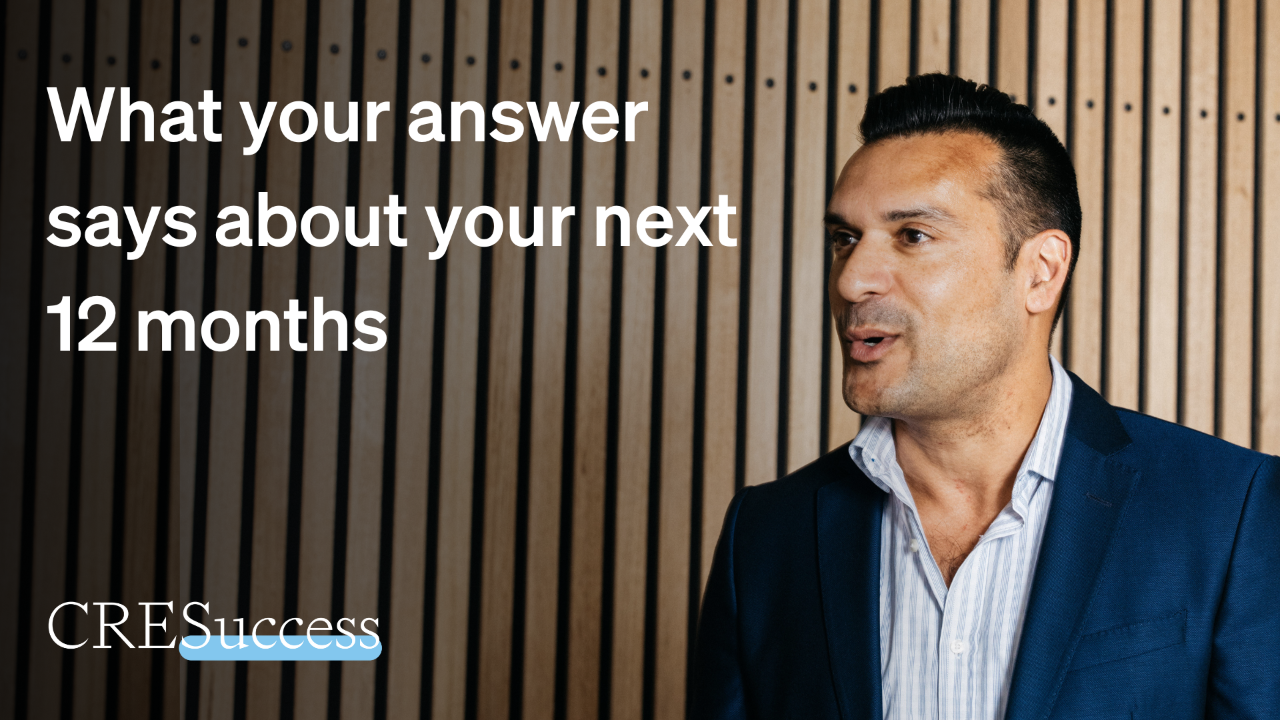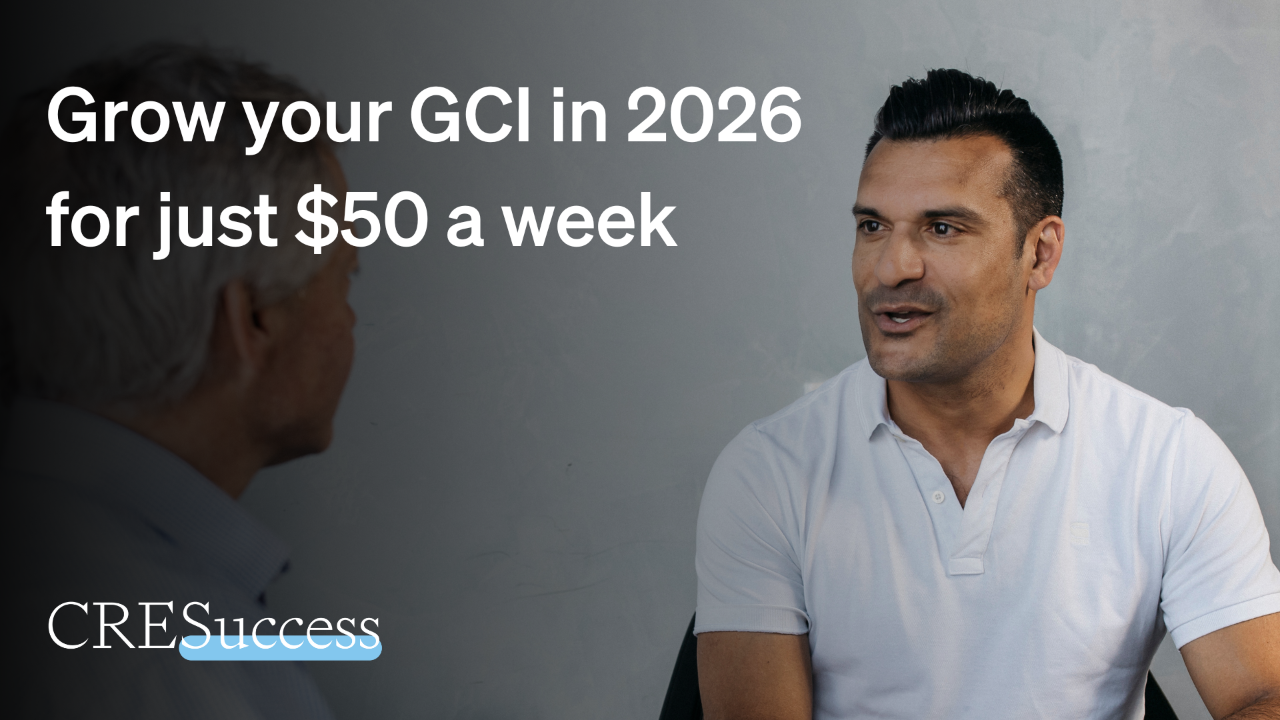How to get people to reply to your emails
Sep 16, 2021
Episode 53 of CRE Success: The Podcast (and this blog post) is based on a message that I received from Lisa, as follows:
“I need advice, please. How do you handle people not following up on emails? I find once I respond to an email, in my mind, it is done. And I'm awaiting a response. What goes on? However, people may not respond in a timely manner. And the email tends to get lost in the mess of emails and sometimes forgotten. What's the best way to keep track of non responses in emails? I need to keep on top of this to be proactive and not reactive? Thanks for your help.”
I certainly know what that's like. I can remember a few years ago, my strategy to keep work moving forward, was to try and hit the ball over the net as quickly as possible when I receive an email and try and bat it back to the clients.
And I think that a lot of people do feel that if you put the ball back in the clients court, then really it's on them. And it's their responsibility to respond.
But here's the thing: we are responsible for our clients responsiveness. If we want to keep projects moving forward, then we need to make sure that we're getting responses by the date that we need to get those responses by.
After all, if something goes wrong, it's never ideal to say to a client, “Well, that's your fault for not responding!”
It's better to take on the responsibility that deadlines are being met, and that projects are moving through to completion at the pace that we expect them to. That's going to help us finish projects, get new projects happening, it's going to make projects more likely to be successful.
And when sending emails to prospects before people even become clients, it's totally our responsibility to keep that business development process moving forward. We can't just hit the ball over the net, and then think well, when they get back to me, they get back to me.
So, how we can take on that responsibility and make it more likely that people will respond to our emails?
Today versus in the past, people are much less responsive on email than they used to be. People are flooded with more emails, but they're also flooded with more notifications and incoming communication from different channels.
Maybe 10 years ago, email was still the predominant channel. But now people are getting notifications on smartphones and from social media and from different texting platforms and all the rest of it.
Here are some ways that we can get more responses in a timely fashion from our email communication, particularly with clients.
One strategy is to just make sure that we're writing clear, concise emails with easy to understand calls to action. A call to action, or CTA, is a marketing term. It means to make it clear to the person what they need to do next.
You may have noticed, sometimes when people post on social media, they put TL;DR. And TL;DR is "too long; didn't read."
If you send someone a really long email, and somewhere buried in that email is what it is that they need to do and by when, there's a very good chance that they won't actually read what it is that they need to do.
One thing that you might want to do, if you do feel that you need to communicate a lot of information is to try a TL;DR strategy, "too long; didn't read."
At the top of the email, you could put a couple of dot points; i.e. below is x, y, z, what I need from you is a response by this date, at this time. And then they know exactly what they need to do, what is that next step.
Over communication is only good if it is not at the expense of action and keeping a process moving in the right direction.
So try the "too long; didn't read" strategy and call people's attention to what they need to do next with a very clear instruction of the deadline and what they need to do.
Listen to the full episode (video and audio below) for more tips on how to get your emails read and acted upon.
A key takeaway from this episode is:
'your responsibility doesn't end when you hit send'
It really is your responsibility to make sure you not only give the recipient all the information that they need to make the decision, but that we put them in the best position to make that decision, or to provide that feedback, or to respond, in a timely manner.








